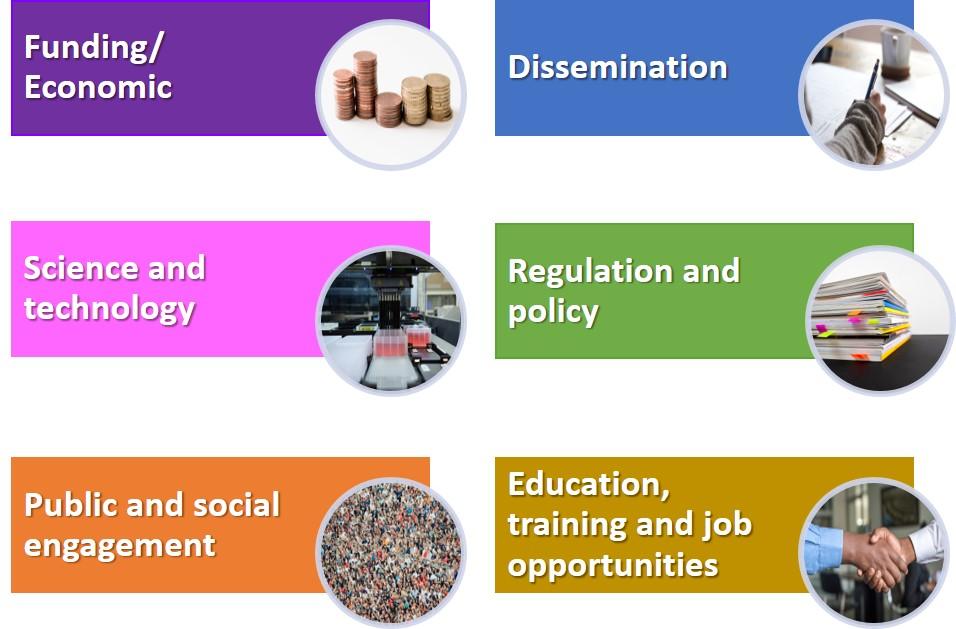
A JRC study investigates research approaches in Alzheimer’s disease and certain cancers to understand why results often fail to translate into clinical practice. Indicators to monitor innovation and impact of funded research projects are also proposed.
Alzheimer’s disease, breast and prostate cancers are among the most prevalent non-communicable diseases in Europe and worldwide.
Over the past 20 years, the European Union has made considerable investment in biomedical research, which has no doubt contributed a great deal to the understanding and treatment of disease. However, the failure rate in drug development still remains very high.
But what are the reasons behind translational failures and what’s hampering the progress of biomedical research in these particular disease areas?
JRC scientists discuss some of the issues in a recent article and highlight the need to define and apply suitable indicators to monitor innovation and impact of funded research programmes.
Towards human-relevant models in biomedical research
Both animal and cell culture models are used extensively for research on Alzheimer’s disease and cancers of the breast and prostate. However, these models often fail to capture the biological complexity of the diseases and thus hinder scientific progress in the development of drugs that are effective in human patients.
New technological tools and models in life science based on non-animal approaches have emerged in recent years, including those based on patient-derived cells, engineered tissues, organ-on-chip devices, advanced imaging and genomic techniques, and artificial intelligence. The JRC has recently produced a freely available knowledge base of almost 300 advanced non-animal models for respiratory tract diseases and over 900 for breast cancer research.
“Accelerating the uptake of human-relevant models and methods in biomedical research is critical to address key research questions. We need to pave the way for the development of prevention and treatment strategies that are both safe and effective in humans”, says Francesca Pistollato, JRC scientist and lead-author of the report.
Optimal integration of these new non-animal approaches, combined with patient data from clinical studies, reflects a modern research strategy that bridges across disciplines in the life sciences.
The need for indicators
Monitoring innovation and impact of biomedical research is challenging to say the least. Many factors need to be taken into account to get a full and accurate picture. Compounding this is the lack of suitable indicators to systematically and transparently analyse the performance of research projects and programmes. Such analyses are needed to inform for example, research strategies and funding priorities, and to ultimately identify key ingredients for successful translation of research results into clinical application.
JRC scientists propose six major indicator categories:
- Economic
- Dissemination
- Science and technology
- Policy and regulation
- Public and social engagement
- Education, training and job opportunities
Sets of candidate indicators within these categories are now being elaborated and evaluated with the intention of using them to assess the outputs and impact of EU-funded research projects carried out over the last 20 years or so. It is also hoped that these indicators can contribute to the planning and monitoring of the new Horizon Europe framework programme, possibly supporting the design of future calls-for-proposals and helping prioritise emerging research topics.
Further information
Related Content
Tackling respiratory diseases with advanced non-animal models
Details
- Publication date
- 10 December 2020
